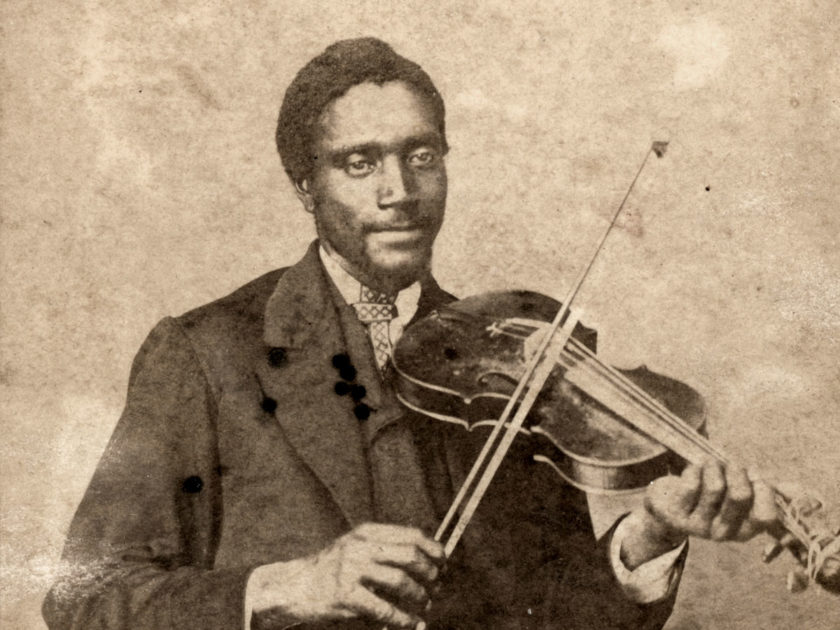
Hannibal’s Freedom: A man enslaved in South Carolina and Illinois’ First Scotch Regiment
By Ronald S. Coddington
The war came to Camden on a winter’s day in 1865. For weeks, The Camden Confederate and other South Carolina newspapers reported the steady advance of Sherman’s Army
